Up in the mountains above La Paz, Bolivia, there’s a market called El Alto.
On a Sunday morning under a crisp blue sky, I stepped out of a minibus beside the ‘Mi Teleferico’ station and felt the air stop in my throat.
Before me lay Bolivia’s El Alto market: a chaotic sight of stalls, products, people and activity, sprawling everywhere and overtaking every block in sight with seemingly no end.
Everywhere I looked there was movement. Huge sheets of corrugated metal were lifted onto men’s backs; long planks of wood were manoeuvred through the crowds; cages filled with the blurry shapes of moving animals; babies passed between women’s arms and deftly tucked into bright aguayo cloth slings.
The noise, the activity, the chatter, the colours: all densely packed together like this, it made me struggle to catch my breath. My head swam and my fingers began to tingle.
This was not what I’d expected.
Although as it happens, there’s a perfectly good reason for feeling dizzy at El Alto market.
Read more: Everything I’ve learned about backpacking Bolivia
The El Alto market, also known as Feria 16 de Julio, is held twice a week (every Thursday and Sunday) throughout the year. It draws so many visitors from the surrounding valley that it’s hailed as one of the biggest markets in South America – if not the world.
It’s also one of the world’s highest markets, however odd a claim to fame that might be.
Sitting at an altitude of 4,150 metres (almost 1,000 metres higher than nearby La Paz), El Alto – a city in its own right – is the world’s highest major metropolis. Tourists fly into El Alto airport before driving straight down into La Paz so they often don’t think to visit, but El Alto is quickly increasing in foreign popularity thanks to the bi-weekly market, the female cholita wrestling matches, the beautifully strange architecture from indigenous Aymara architect Freddy Mamani Silvestre, and the La Paz cable car which takes passengers clear above the city’s rooftops and up into the mountains.
Still, getting altitude-sick in El Alto is totally understandable. The sun beats down stronger, the air is thinner, and your body can often struggle to adjust. It’s why you’ll see so many bags of coca leaves for sale, and so many people absent-mindedly chewing on a handful of them while they walk.
What exactly can you buy in Bolivia’s El Alto market? (Hint: the easy answer is ‘everything’)
Unlike the street stalls which pop up on every corner in La Paz, there are no tourist-friendly Bolivia souvenirs for sale in El Alto: no alpaca jumpers with geometric patterns; no bumbags or pencil cases or backpacks.
This is a local market – so we’re talking hardware, furniture, car parts and mechanical tools.
My first visit to El Alto market was with Ivonne, Jorge and Florencio, three of the Bolivians I volunteered with at the artificial limb clinic. Their plan was to pick up various supplies for the clinic, but they also thought I’d enjoy seeing the market too.
Of course, that was the moment for Ivonne (a Bolivian mum) to start worrying about my safety as a white female foreigner.
In the traveller circuit, El Alto market has a reputation as a somewhat dodgy place, mainly because of potential pickpockets amidst the sheer number of people. Ivonne told me repeatedly not to speak – not in Spanish if I could help it, and definitely not in English – and to wear my sunglasses if possible so I wouldn’t draw too much attention to my evidently non-Bolivian face.
So I wandered through the biggest market in South America with my backpack securely on my front while watching people bartering with wizened old cholita women for the price of fluorescent double strip lights, discussing the advantages of curved back chairs, and sawing pieces of hardwood in the middle of the street.
Huge swathes of products for sale in El Alto are second-hand, from CDs and DVDs to furniture and musical instruments.
Jorge took me to the stalls filled with car parts and happily pointed out the makings of an entire car, if we’d wanted to build one from scratch.
I watched dozens of men dragging carts through the street to carry heavy new purchases, and I wondered how long it would take to erase the traces of this market from the city when Sunday finally finished.
But the more intriguing parts of El Alto were the ones I couldn’t quite see.
Small potholes on the roads we walked along eventually made way for huge gashes in the road, exposed pipework and piles of sand and cement. There, away from the hardware and the second hand goods, hidden around corners and amongst tight bunches of gossiping women were where the unidentifiable things were sold.
Unknown things in crates, balanced in the dirt.
There were tiny glimpses of things I knew I shouldn’t be seeing. The used syringes laid out on a blanket. The flash of bright metal from the inside of a man’s open jacket as he boasted to a friend about the gun he’d just bought.
Ivonne wouldn’t let me walk towards the stalls which were selling animals – illegal and exotic ones; monkeys, parrots, frogs and ocelots; both alive and dead.
These are the places of black magic. The market stalls which sell provisions for rituals, spells, and witchcraft.
In Bolivia, traditions and superstitions make up a huge part of the country’s culture.
Despite a firm adherence to the Spanish Catholic faith, there’s also a wealth of indigenous spiritualism and religion woven into Bolivia’s belief system.
Ever since the Spanish arrived to colonize South America in the 1500s, Bolivians have been happily combining elements of Catholicism with their already-existing indigenous Aymara beliefs and customs.
It’s led to a wonderful mixing of worlds: on any given day you could see a solemn religious procession in one neighbourhood of La Paz, and a joyful celebration of local Bolivian traditions in another.
Read more: Learning my way around the neighbourhoods of La Paz
It’s not just about processions, either. Adherence to Bolivian traditions can easily shape a person’s life.
In the city of Potosi, ancient legend says the devil lives inside the El Cerro Rico mountain – which also happens to be where many Bolivian men mine for silver each day. El Cerro Rico is known as ‘the mountain that eats men’ because so many have died here over the years; approximately eight million deaths since the colonial era. Even today the average life expectancy of a Potosi miner is about 35 years.
Because it’s seriously dangerous work, the miners leave daily offerings to El Tio (as the devil in the mountain is known) for protection.
There are statues of El Tio scattered throughout the mine shafts inside the mountain, surrounded by small piles of cigarettes, alcohol, coloured streamers, candles and coca leaves. The miners will often sit with their nearest El Tio: apparently he doesn’t like to be left alone.
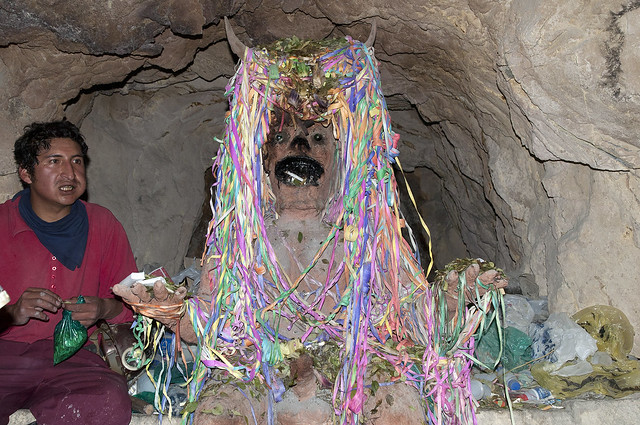
[Photo courtesy of Matias Recondo]
Protection is a common theme throughout Bolivia. When any new building is constructed, builders ‘bless’ the project by burying a llama foetus beneath the foundations.
This offering of a pure, innocent creature is regarded as a gift to Pachamama (mother earth) and will hopefully bring good luck and protection to both the builders and the new residents.
Officially, all these foetuses have either been miscarried or were born dead – but it’s difficult to reconcile that fact with the amount of foetuses visible for sale throughout Bolivia. It’s also difficult when you learn that living llamas are often sacrificed as part of a ceremony. Every August in Potosi, the yatiri healers (mentioned later!) will sacrifice a llama at Cerro Rico to appease El Tio.
Daily life in Bolivia means riding a bus filled with Bolivians who cross themselves when we drive past a church. It means scrupulously avoiding the capture of women’s faces on camera, because many believe a photo will steal away a part of their soul.
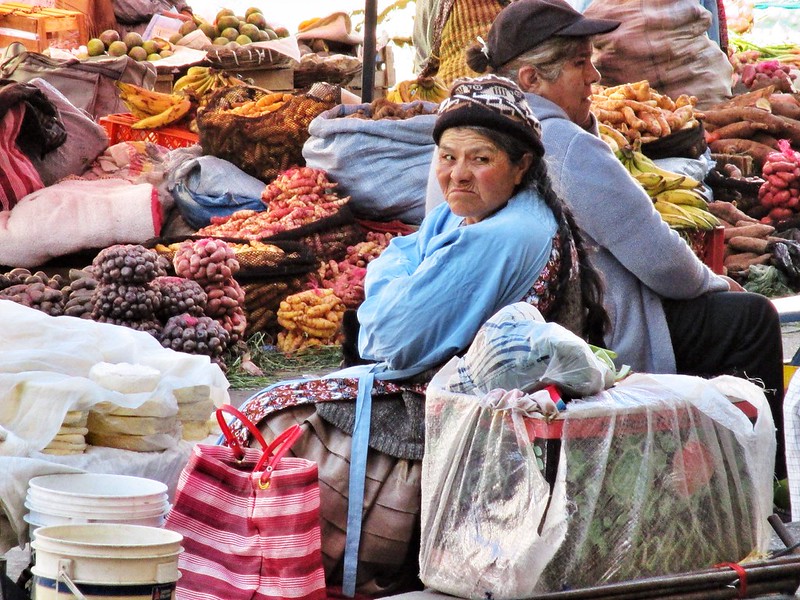
Somehow I can’t think its a coincidence that seconds after taking this photo (accidentally!), my camera completely stopped working…
But what’s the easiest way for tourists and travellers to get to grips with Bolivia’s superstitious side?
Simple. Just head to the local witches market.
‘El Mercado de las Brujas’: the Witches Market of La Paz
In La Paz, El Mercado de las Brujas is a popular tourist attraction. It sits in the touristic centre of the city close to San Francisco church on Calle Jimenez and Calle Linares, and on first appearance it’s little more than a small cluster of stalls.
But this is where you’ll find talismans and effigies shaped from stone and painted sugar to ward off evil and impotence; spells and potions for falling in love and winning the lottery; huge white sacks of coca leaves, used in all manner of ceremonies – and, of course, the interminable llama foetuses.
Many of these parts will be collected together and assembled to make a cha’lla, a ceremony or offering to Pachamama.
The first day I arrived in La Paz, I went on a free walking tour which explained some of La Paz’s history and Bolivia’s focus on witches and superstition while we explored Mercado de Las Brujas. The place I ended up renting for the next month was close by too, so I often wandered the market as I got to know the area better.
It’s a fascinating area of La Paz, but the market itself always felt much more like a tourist attraction than a genuinely sacred place. You’re more likely to see foreigners buying stone totems as souvenirs or gifts than Bolivians picking up their ceremonial supplies.
There’s still some intense superstition at play here, though.
Pointing to the llama foetuses, my guide said there are rumours about bigger buildings needing a more extreme sacrifice. People say homeless men often go missing in Bolivia: plied with high-strength alcohol until they pass out, they’re then placed in a hole lined with coca leaves in the building’s foundations and buried alive – a necessary element of the ritual to sufficiently appease Pachamama.
As you’d expect from a country steeped in superstition, there’s plenty more magic available in Bolivia.
You just have to know where to look.
Finding the darker side of El Alto market
My second visit to El Alto was with a group of people I’d met at Lake Titicaca. They were in the middle of a ceremonial retreat with the San Pedro cactus (which I’d been invited to join), and needed to pick up some supplies at the market.
As a group, we hailed from America, Australia, Chile, Germany and the UK. We were certainly conspicuous – but we were also there with a Bolivian healer-in-training. And he guided us to many of the areas Ivonne had warned me away from.
A German friend of mine tried to buy a piece of something he thought was dried aloe vera and the Bolivian woman told him it was actually for cursing. The fact that she had a whole bag of the stuff for sale meant there was clearly enough demand for it.
The stall beside hers had the skin of a cat in a plastic bag on display. I tried not to look too closely at it.
As we walked, our Bolivian friend told us that stallholders in El Alto and in the witches market in La Paz sell rituals and spells designed to inflict bad luck or curses on other.
It’s also entirely possible to buy quantities of the ayahuasca vine and powdered San Pedro cactus, both used for medicinal healing ceremonies throughout South America.
NB: as someone who’s taken part in ayahuasca and San Pedro ceremonies, I would highly recommend AGAINST purchasing either substance at a street market. You should only drink these medicines when brewed by a knowledgeable shaman in a trusted setting!
Read more: my experiences with ayahuasca and with San Pedro cactus in Bolivia
El Alto, Bolivia: where the real witches are
We were at the El Alto bus station getting ready to leave the market when I saw a row of little blue huts, with fire burners crackling merrily away beside their open doorways.
This is where the witches sit.
In Bolivia, they’re known as yatiri – traditional Aymara healers who are spiritually called to work with their communities. In the western world, perhaps we’d call them ‘witch doctors’ or refer to them (wrongly) as shamans.
Tradition demands that the Bolivian yatiri have to wait for someone to visit them with their problems, and also that they have to help whoever approaches. So if the fire outside their hut is lit, that means a yatiri is home and available for business.
These healers will tell you your future for a price. They’ll draw tarot cards for you, read your palm, and read coca leaves by throwing them into the air and interpreting meaning from how they land.
I didn’t get my fortune told by the Bolivian healers. Some part of me wishes I had.
But as we walked slowly past their huts on our way to the bus, my Bolivian friend whispered, “Many people say these witches have the ability to not just read your future, but change it.”
Would you visit the yatiri in El Alto market, La Paz? More importantly, have you ever had your fortune told by a witch?
– How do I get to El Alto market?
There are a number of ways to reach El Alto from La Paz: via cable car, public bus or hired taxi.
For the La Paz teleferico, take the Red Line up to the final stop and turn left onto Avenida Panoramica. The ride costs 3 Bolivianos each way.
For the bus, take one of the local white colectivos from San Francisco Plaza and get off at the entrance to the market. It takes 30 minutes to get there and the bus ride costs 2 Bolivianos each way.
– When is El Alto market open?
The market is open all day on Thursdays and Sundays throughout the year.
– Is El Alto market safe?
Although I felt perfectly safe on both visits, pickpockets and bag slashers are known to operate in El Alto. Leave your valuables and original ID documents at your accommodation in La Paz and only take a small amount of cash with you/copy of your passport. If you’re self conscious or scared about visiting El Alto as a foreigner, there are guided tours which show you around the market.
– What else is there to do in El Alto?
El Alto is also the home of the infamous all-Bolivian cholita wrestling matches, which are held every Sunday afternoon at 2pm (cost is 50 Bolivianos / $7 on the door). There are various companies offering tours to the wrestling matches, but you can also make your way independently to the El Alto Multifunctional Centre. Either take the cable car and walk for ten minutes, or catch the bus from San Francisco Church in La Paz and get off at ‘CAJA’ – the ride takes about 30 mins and costs 2 Bolivianos each way.



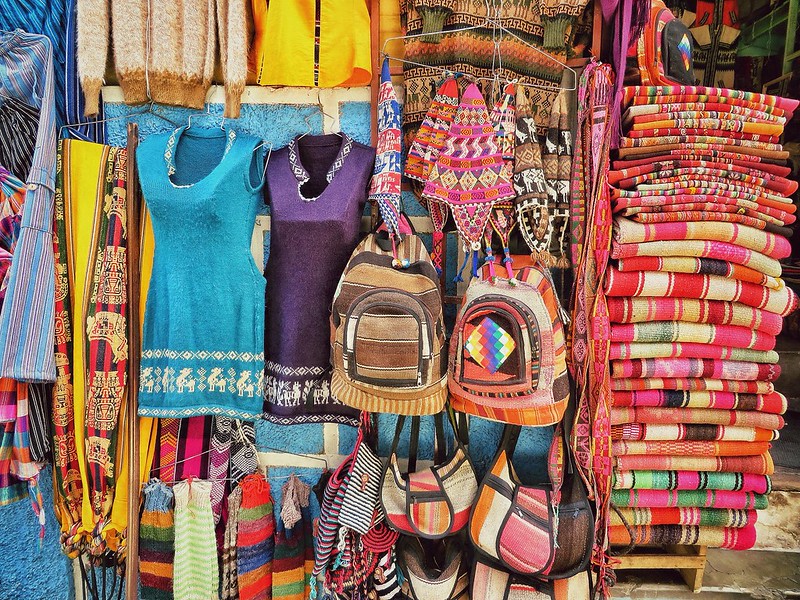
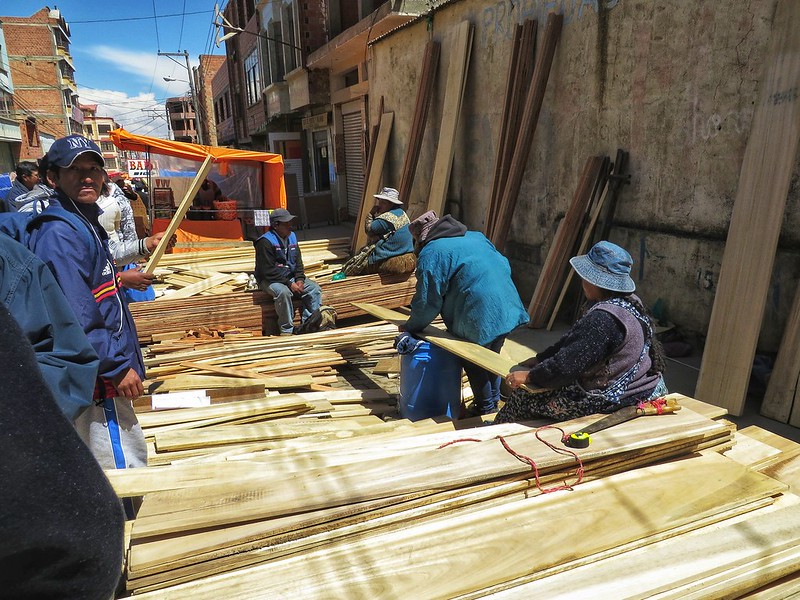
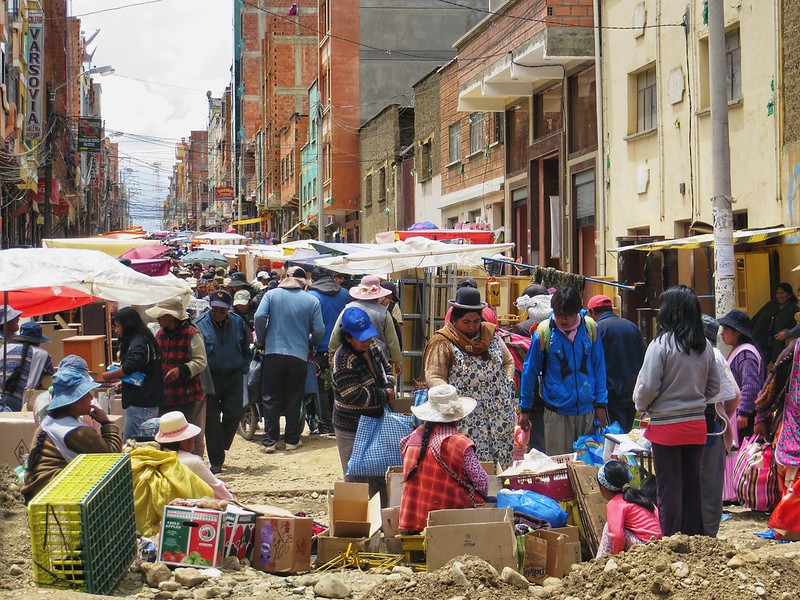

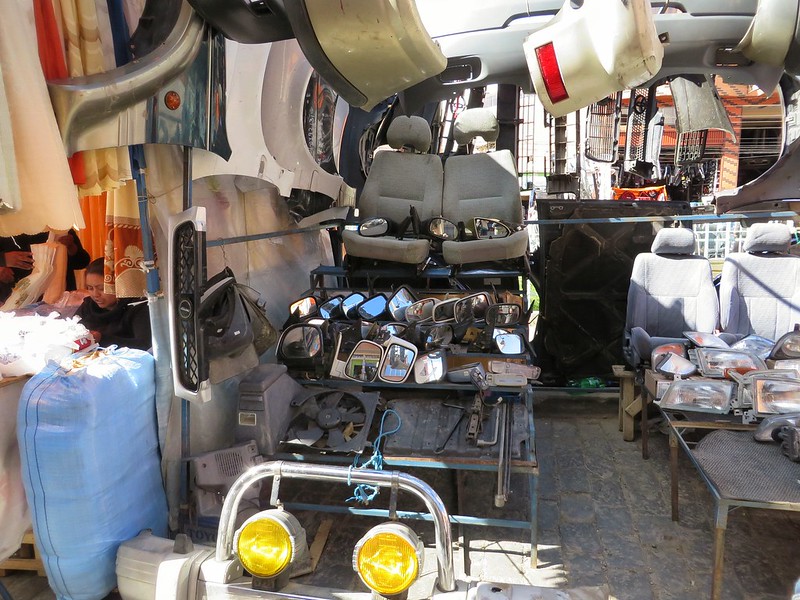
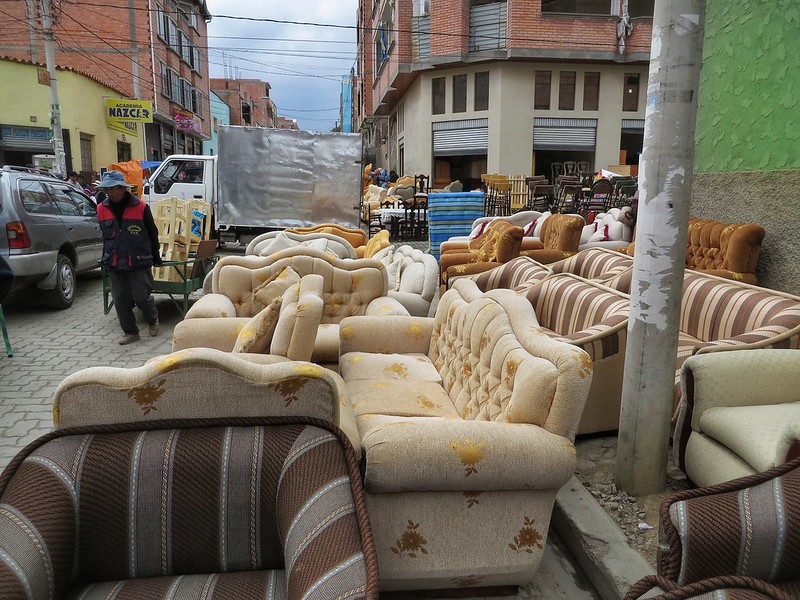
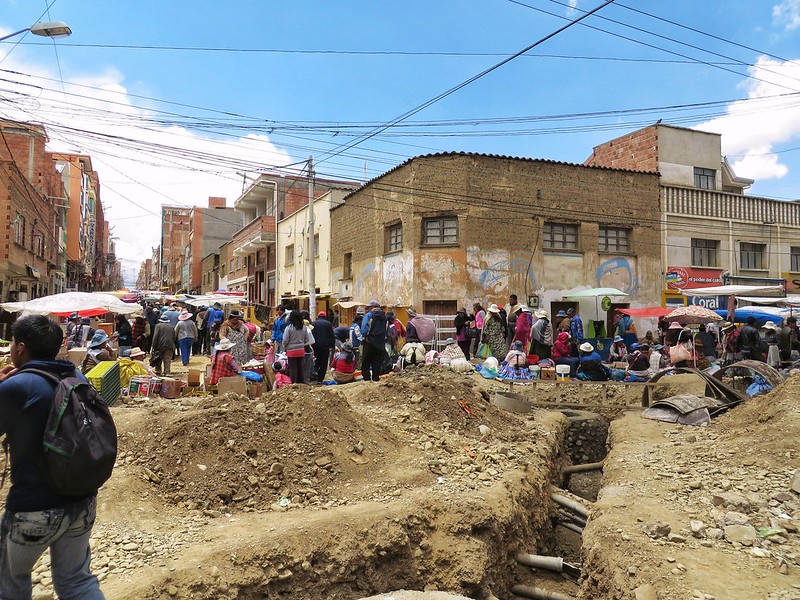
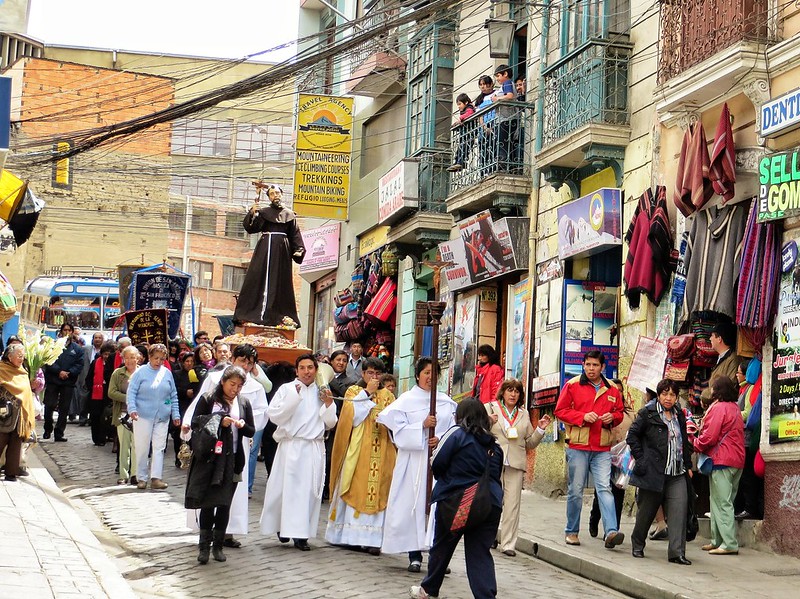
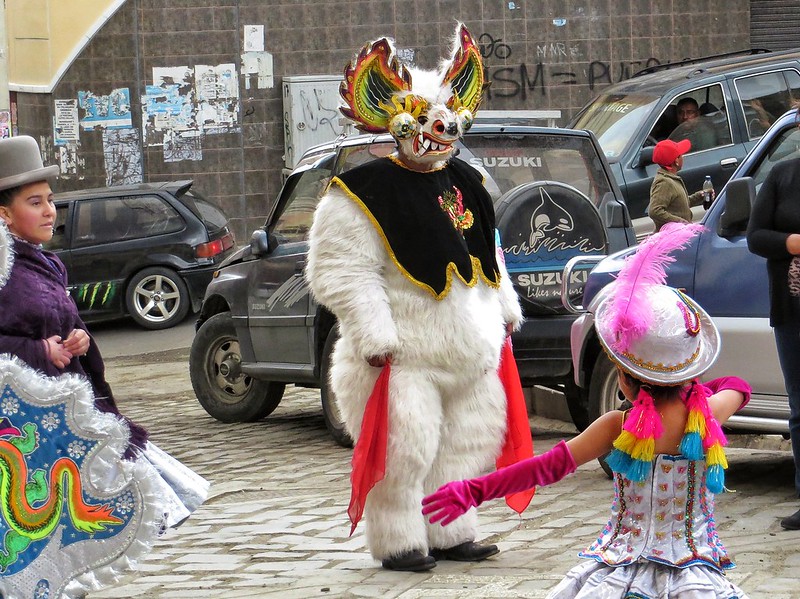
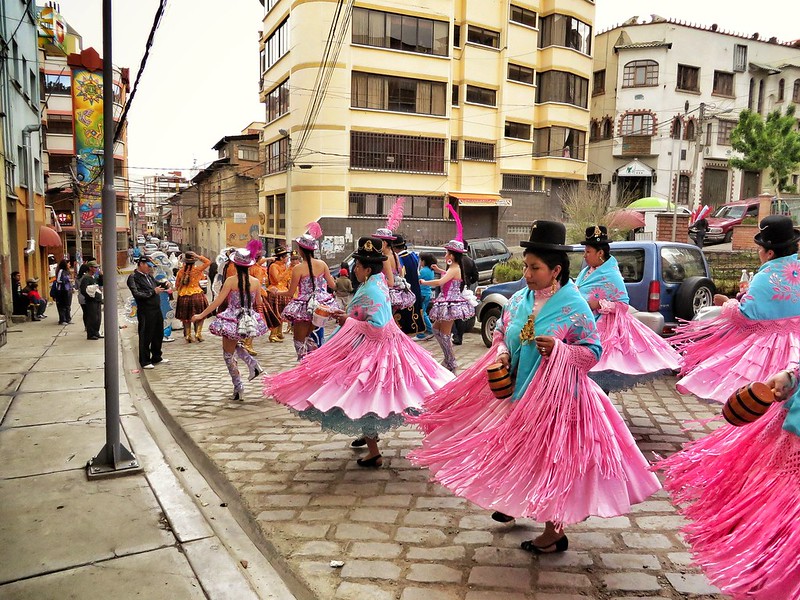

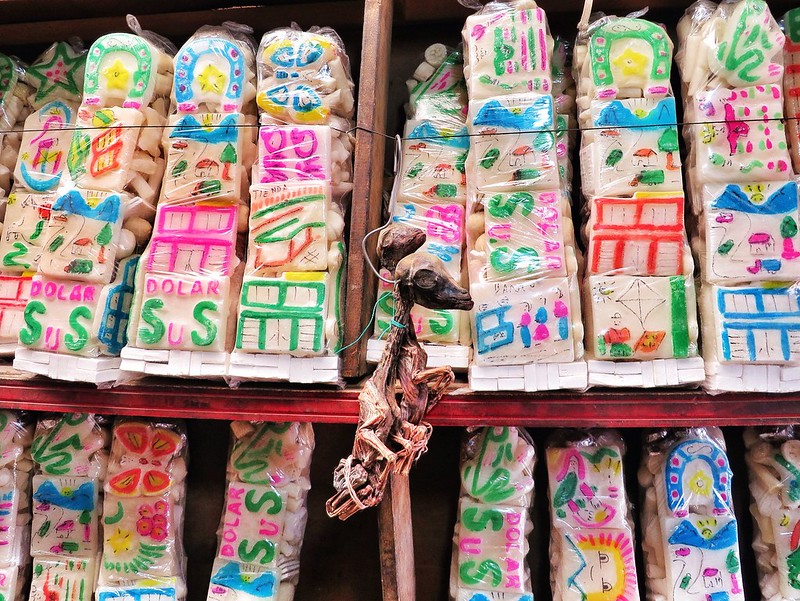
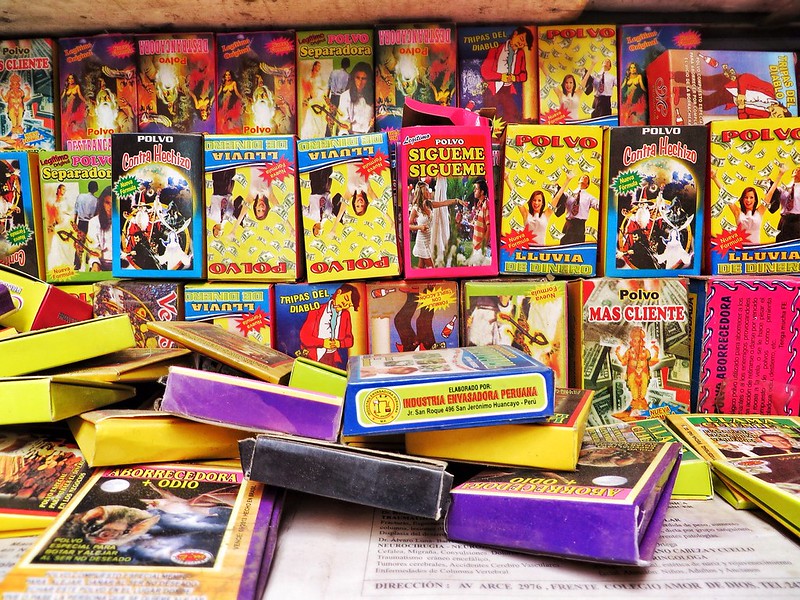
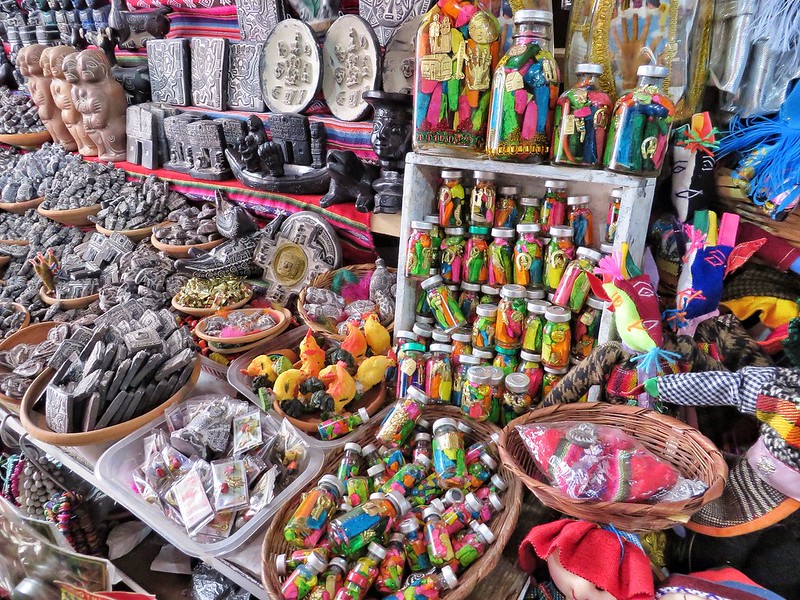
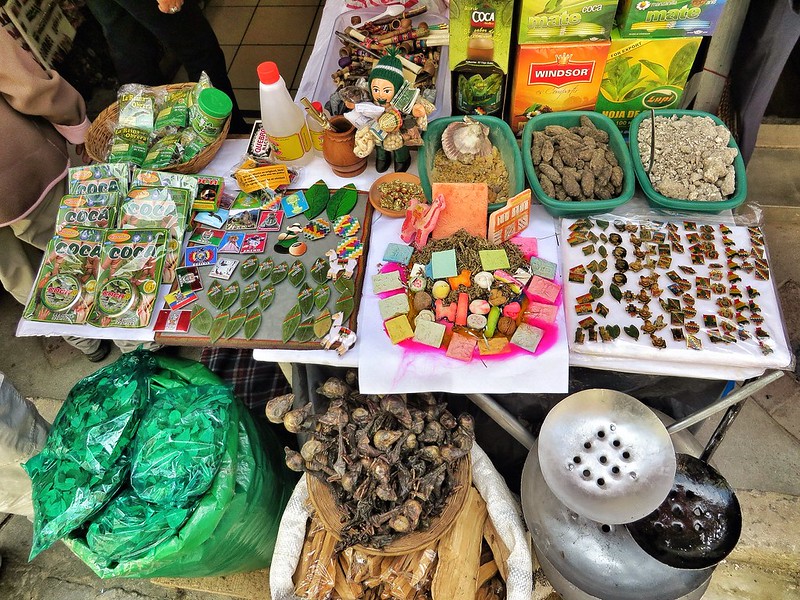
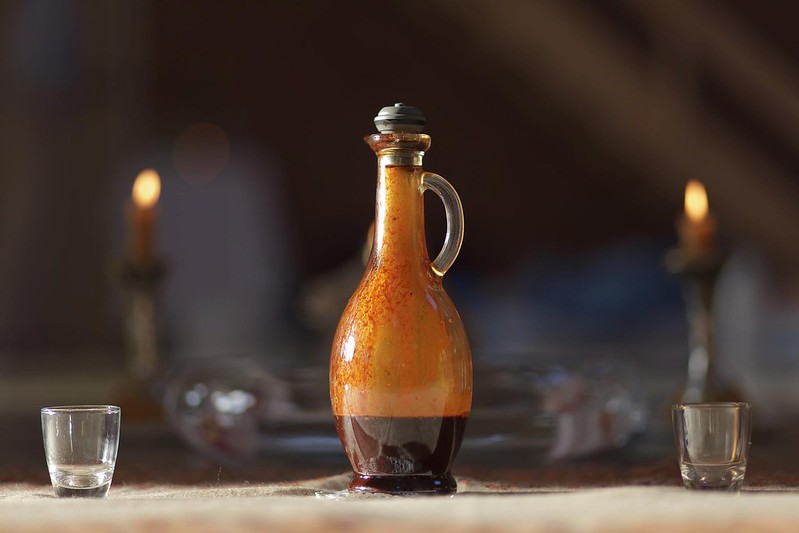

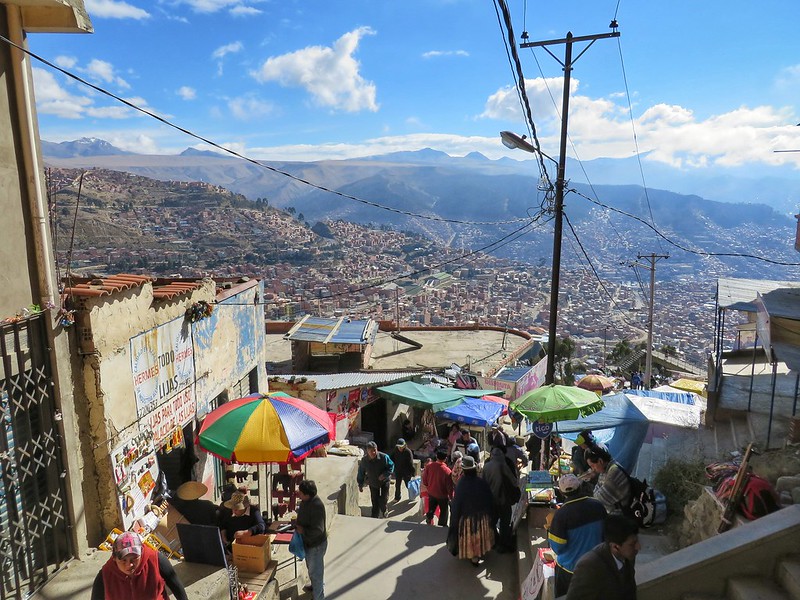
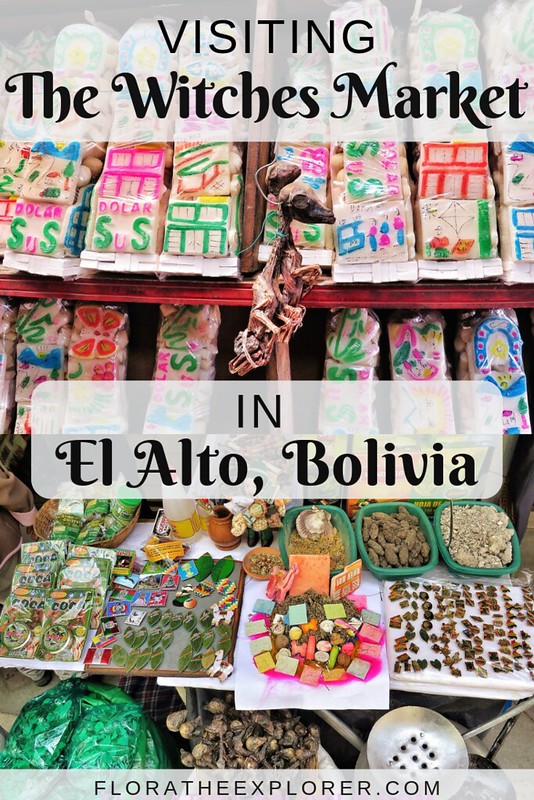


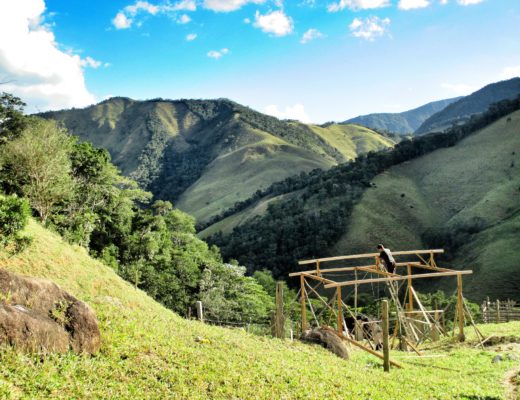
9 Comments
ramiles39
February 16, 2019 at 6:53 pmFlora, you really panted a beautiful picture of these people and the market… That is totally crazy they you buy just about everything there is at the market… So do you think you were cursed?
Flora
February 16, 2019 at 10:59 pmFingers crossed I wasn’t cursed!! I’m glad you enjoyed the article though 🙂
Rachel
February 16, 2019 at 8:21 pmThis is fascinating. What a real glimpse into another culture. Now I want to go and see for myself!
Flora
February 16, 2019 at 11:02 pmYou should definitely visit the Witches Market if you make it to Bolivia, Rachel – just be careful in El Alto!
Emese-Réka
February 16, 2019 at 9:11 pmI enjoyed reading this article. You present the essence of a culture, from an outsider perspective, but still, with real understanding. I felt like I was visiting with you, every step of the way. Now I wish I could go in person. Thank you for a great read.
Flora
February 16, 2019 at 11:35 pmThis is such a lovely comment, Emese! I hope you make it to Bolivia at some point – it’s such a fantastic country 🙂
Dylan
February 19, 2019 at 9:53 pmThis is fascinating. I’ve been to my share of markets in the Americas, but nothing quite like this– even in (relatively) nearby southern Peru. I’m surprised your friend told you not to speak even in Spanish! I think I would’ve gone as well (and just been very cautious with my belongings), but wow that would make me a bit sketched out, huh?
Aoife Mac
March 16, 2019 at 3:01 amHi Flora, great article! I’m trying to pin down exactly where the Yatiri witches are in El Alto for my next trip, as I couldn’t find them last time. Could you please let me know what street you found them on, or a landmark on Google maps that they’re near? Thanks 🙂
The Mystical World of the Yatiris in Bolivia | Home | Latina Republic
December 2, 2020 at 4:47 pm[…] special role is considered a birthright. Yatiris are spiritually called to work for their communities and their calling is evidenced by certain unusual […]